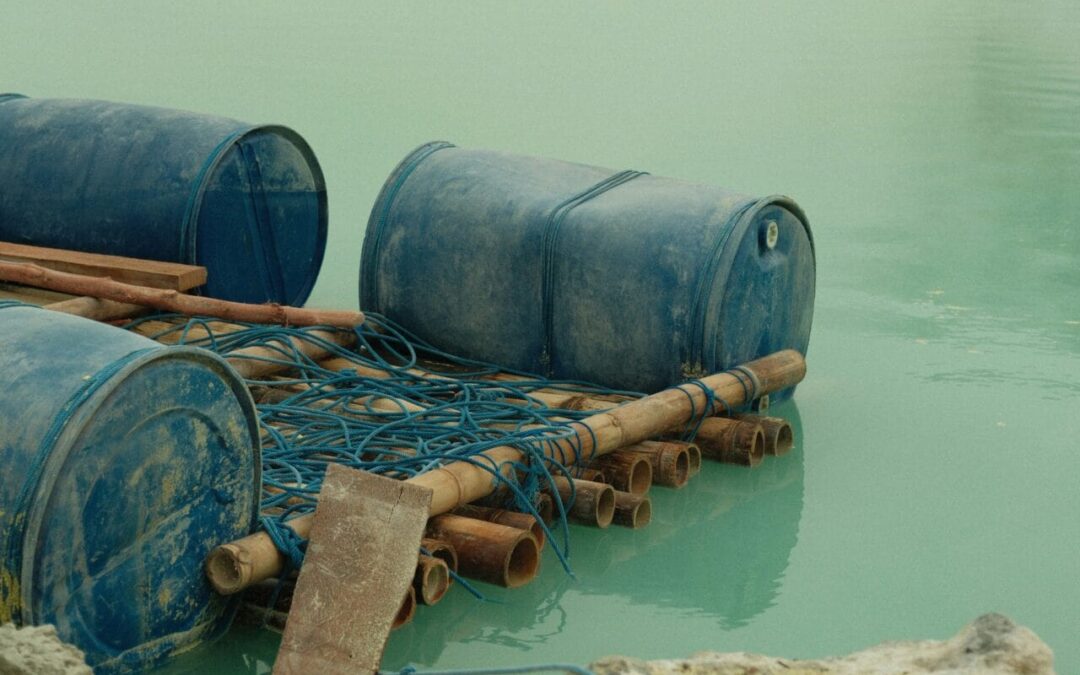We all have hazardous waste at home—think old batteries, leftover paint, and outdated electronics. It’s tempting to throw these items away with regular trash, but improper disposal can pose serious risks to your health and the environment. Whether you’re clearing out your garage, cleaning under the sink, or doing a household purge, knowing how to handle hazardous waste safely is essential.
This guide will walk you through easy, actionable steps to identify hazardous waste, understand the risks, and dispose of these items properly. You’ll learn practical tips that fit into your daily routine, so managing hazardous waste becomes second nature.
What is Hazardous Waste?
Hazardous waste might sound like something only factories produce, but many everyday household items fall into this category. Hazardous waste includes products that can catch fire, corrode, react, or are toxic. Here’s a closer look at some common examples you might find around your home:
- Batteries: From simple AA batteries to larger car batteries, these items contain harmful chemicals like lead, cadmium, and mercury. Instead of tossing them in the trash, take them to a battery recycling facility or a collection point at a local retailer.
- Paints and Solvents: Leftover cans of paint, thinners, and solvents are flammable and can release toxic fumes. Never pour them down the drain or throw them in the trash. Many communities have designated drop-off days for paint recycling, where they safely manage these materials.
- Electronics (E-Waste): Old phones, computers, and TVs contain heavy metals and hazardous chemicals that shouldn’t end up in landfills. Most electronics stores or e-waste recycling centers accept these items, ensuring they’re recycled responsibly.
- Cleaning Products: Many household cleaners contain corrosive, reactive, or toxic ingredients. Always check labels for disposal instructions or contact local waste management services for advice on safe disposal.
- Pesticides and Fertilizers: These products can be highly toxic to humans, pets, and wildlife. Dispose of them according to the label’s instructions or through local hazardous waste disposal programs.
Why Proper Disposal Matters?
Improper disposal of hazardous waste can lead to environmental contamination, including soil and water pollution. When items like batteries or paints are thrown into the regular trash, they can leak harmful substances into landfills, eventually seeping into the ground and affecting local ecosystems.
Hazardous waste in the home can also pose direct health risks. For example, storing flammable materials near heat sources increases the risk of fire, while exposure to toxic chemicals can cause respiratory problems or skin irritation. By understanding and implementing proper disposal methods, you’re protecting your family, your community, and the environment.
Safe Disposal Made Easy: What You Can Do
Managing hazardous waste doesn’t have to be overwhelming. Here are straightforward steps to help you dispose of these items safely and responsibly:
1. Use Local Recycling Programs: Many cities and towns have dedicated recycling programs for hazardous waste, including batteries, electronics, and paint. Search online or contact your local waste management office to find out what’s available in your area. Most programs offer convenient drop-off locations or even curbside pickup for certain items.
2. Attend Community Collection Days: Many communities host hazardous waste collection events where residents can drop off items like chemicals, paint, and electronics at no cost. These events are organized to safely collect, transport, and dispose of hazardous waste, ensuring that it’s handled by professionals.
3. Follow Product Instructions: Many hazardous products come with specific disposal instructions on the label. For example, never pour motor oil down the drain—it’s both illegal and harmful. Instead, take it to an auto shop or recycling center that accepts used oil.
4. Store Hazardous Materials Properly: Until you’re able to dispose of hazardous waste, store items in their original containers with labels intact. Keep them in a cool, dry place away from children and pets. Proper storage minimizes risks and makes it easier when it’s time to dispose of them.
5. Hire Professional Hazardous Waste Removal Services: If the idea of sorting and disposing of hazardous waste is too daunting, consider hiring professionals. Our hazardous waste removal service handles everything from collection to proper disposal, ensuring that all items are managed in compliance with local laws and environmental guidelines. For a quick estimate, call 678-882-5694
The Benefits of Professional Hazardous Waste Removal
There’s a lot to keep track of when it comes to hazardous waste, and handling it correctly can feel like a full-time job. That’s why professional hazardous waste removal services are worth considering:
1. Convenience: We manage the entire process, from identifying hazardous items to safely disposing of them. This saves you time and effort, especially if you have a large quantity or don’t know where to start.
2. Expertise and Safety: Our team is trained to handle hazardous materials safely and in accordance with all regulations. This minimizes risks to your home and family, ensuring that waste is disposed of in an environmentally responsible manner.
3. Peace of Mind: With professional help, you don’t have to worry about the legal or environmental implications of improper disposal. We take care of it all, giving you peace of mind knowing your waste is being managed correctly.
Conclusion
Managing hazardous waste doesn’t have to be a hassle. By following these simple steps and knowing when to call in the pros, you can keep your home safe and reduce your environmental impact. Don’t let hazardous waste pile up—start today with easy, responsible disposal practices.
Ready to make your home safer? Contact us for professional hazardous waste removal services that make the process simple and stress-free. Let’s work together to protect your home and the planet.

